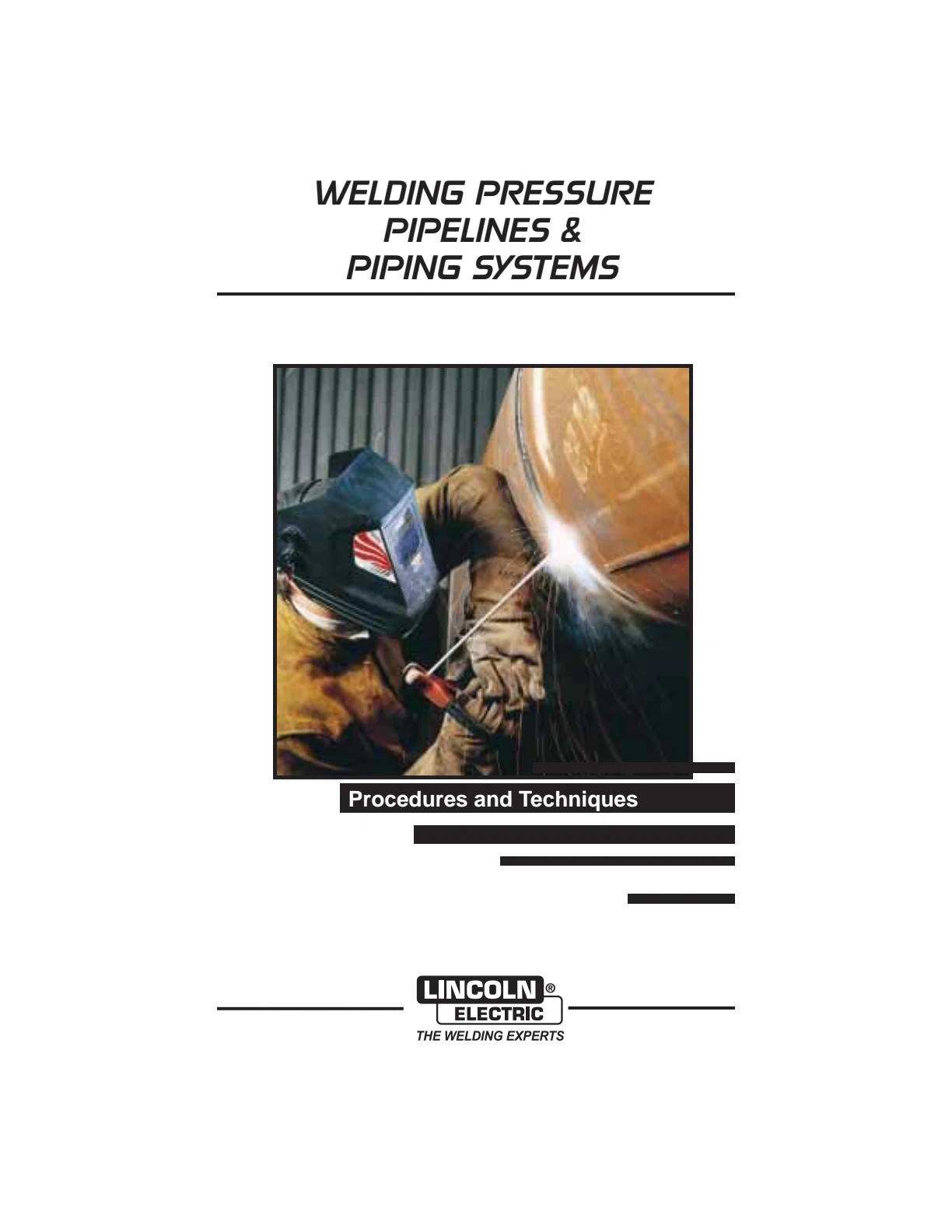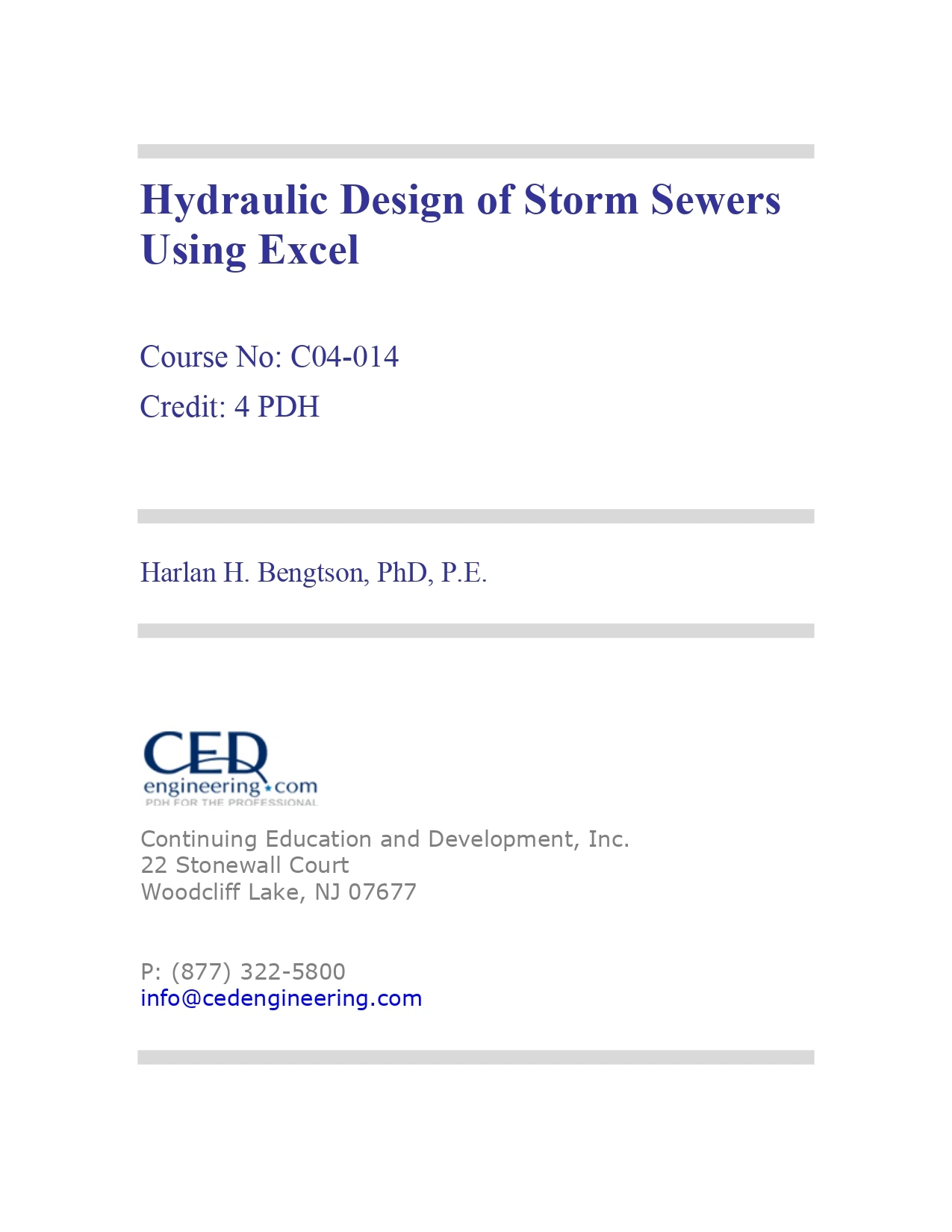Considerations in the Hydraulic Design of Pipelines
The report summarises the findings of pipe reviews which were conducted during the research project
and highlights the following actions which should be considered during the hydraulic design of
pipelines :
• Review and incorporate available recorded hydraulic performance data of pipelines in the region in the design of new infrastructure;
• Include the secondary energy loss associated with the dimensional details of the couplings in the calculation of the energy loss in the pipeline;
• Use the proposed BRM (biofilm resistance model) to calculate a representative roughness for biofouled pipelines;
• Implement the proposed procedure to determine the remaining useful life of pipelines to be able to prioritize the upgrading or replacement of system components; and
• Provide monitoring points for the initial, continuous or intermittent hydraulic assessment of the pipeline.
Considerations in the Hydraulic Design of Pipelines
The report summarises the findings of pipe reviews which were conducted during the research project
and highlights the following actions which should be considered during the hydraulic design of
pipelines :
• Review and incorporate available recorded hydraulic performance data of pipelines in the region in the design of new infrastructure;
• Include the secondary energy loss associated with the dimensional details of the couplings in the calculation of the energy loss in the pipeline;
• Use the proposed BRM (biofilm resistance model) to calculate a representative roughness for biofouled pipelines;
• Implement the proposed procedure to determine the remaining useful life of pipelines to be able to prioritize the upgrading or replacement of system components; and
• Provide monitoring points for the initial, continuous or intermittent hydraulic assessment of the pipeline.
Uniform Open Channel Flow and the Manning Equation
The main topic of this course is uniform open channel flow, in which the channel slope, liquid velocity and liquid depth remain constant. First, however, several ways of classifying open channel flow will be presented and discussed briefly.
Uniform Open Channel Flow and the Manning Equation
The main topic of this course is uniform open channel flow, in which the channel slope, liquid velocity and liquid depth remain constant. First, however, several ways of classifying open channel flow will be presented and discussed briefly.
Spreadsheet Use for Pipe Flow-Friction Factor Calculations
At the conclusion of this course, the student will
- Be able to calculate the Reynolds number for pipe flow with specified flow conditions
- Be able to determine whether a specified pipe flow is laminar or turbulent flow for specified flow conditions
- Be able to calculate the entrance length for pipe flow with specified flow conditions
- Be able to determine a value of the Moody friction factor from the Moody diagram, for given Re and ε/D.
- Be able to calculate a value of the Moody friction factor for given Re and ε/D, using the Moody friction factor equations.
Spreadsheet Use for Pipe Flow-Friction Factor Calculations
At the conclusion of this course, the student will
- Be able to calculate the Reynolds number for pipe flow with specified flow conditions
- Be able to determine whether a specified pipe flow is laminar or turbulent flow for specified flow conditions
- Be able to calculate the entrance length for pipe flow with specified flow conditions
- Be able to determine a value of the Moody friction factor from the Moody diagram, for given Re and ε/D.
- Be able to calculate a value of the Moody friction factor for given Re and ε/D, using the Moody friction factor equations.
Hydraulic Design of Storm Sewers
Introduction
Storm sewers are widely used to carry away runoff from storms, primarily in urban areas. The hydraulic design begins after the location of the manholes for the system has been determined. Between each pair of manholes, the storm sewer will have a constant slope and diameter. The hydraulic design process results in the determination of an appropriate diameter and slope for each length of storm sewer and determines the depth of the bottom of the pipe at each manhole. The overall procedure and each step will be presented and discussed. Example calculations for a single length of storm sewer between two manholes will be performed and an example of calculations between successive manholes will be done using Excel.
Hydraulic Design of Storm Sewers
Introduction
Storm sewers are widely used to carry away runoff from storms, primarily in urban areas. The hydraulic design begins after the location of the manholes for the system has been determined. Between each pair of manholes, the storm sewer will have a constant slope and diameter. The hydraulic design process results in the determination of an appropriate diameter and slope for each length of storm sewer and determines the depth of the bottom of the pipe at each manhole. The overall procedure and each step will be presented and discussed. Example calculations for a single length of storm sewer between two manholes will be performed and an example of calculations between successive manholes will be done using Excel.










